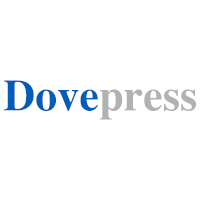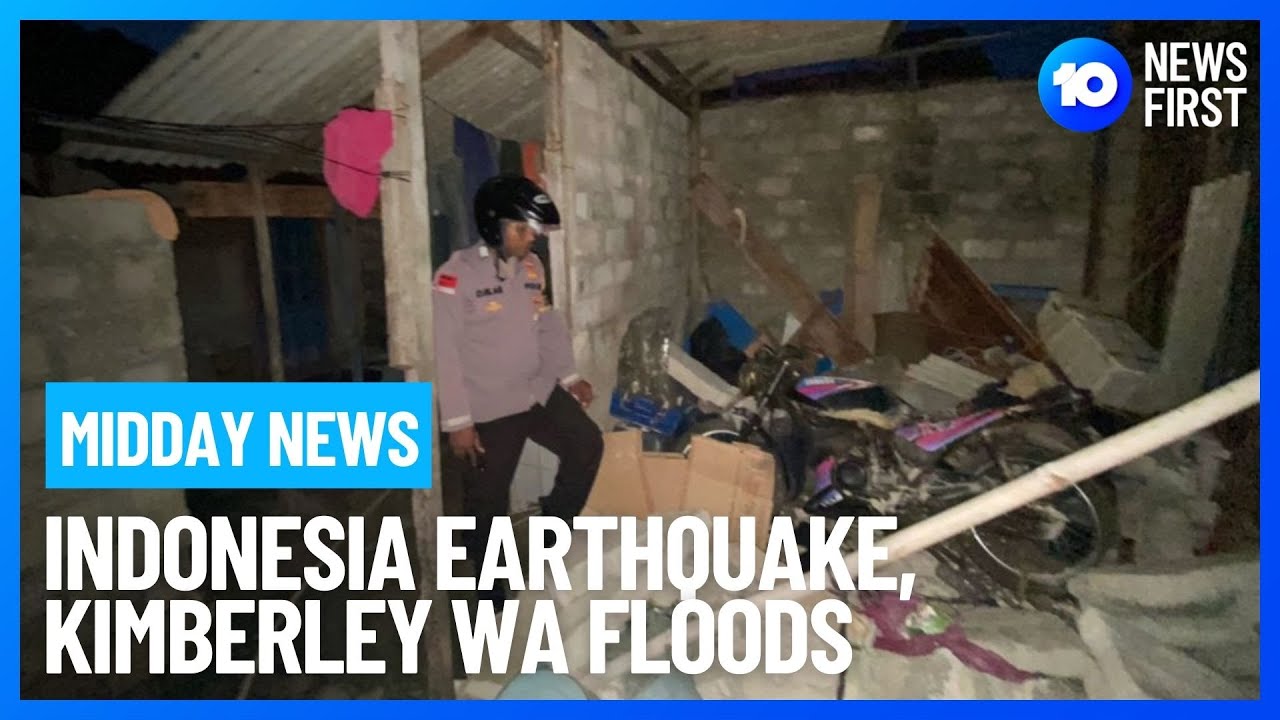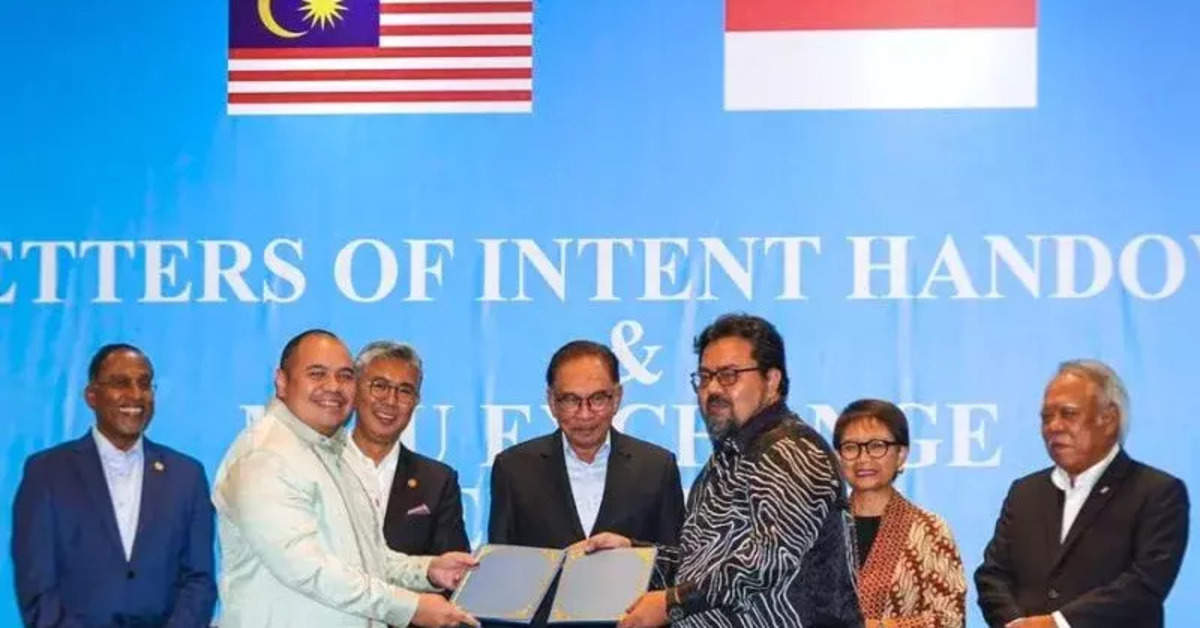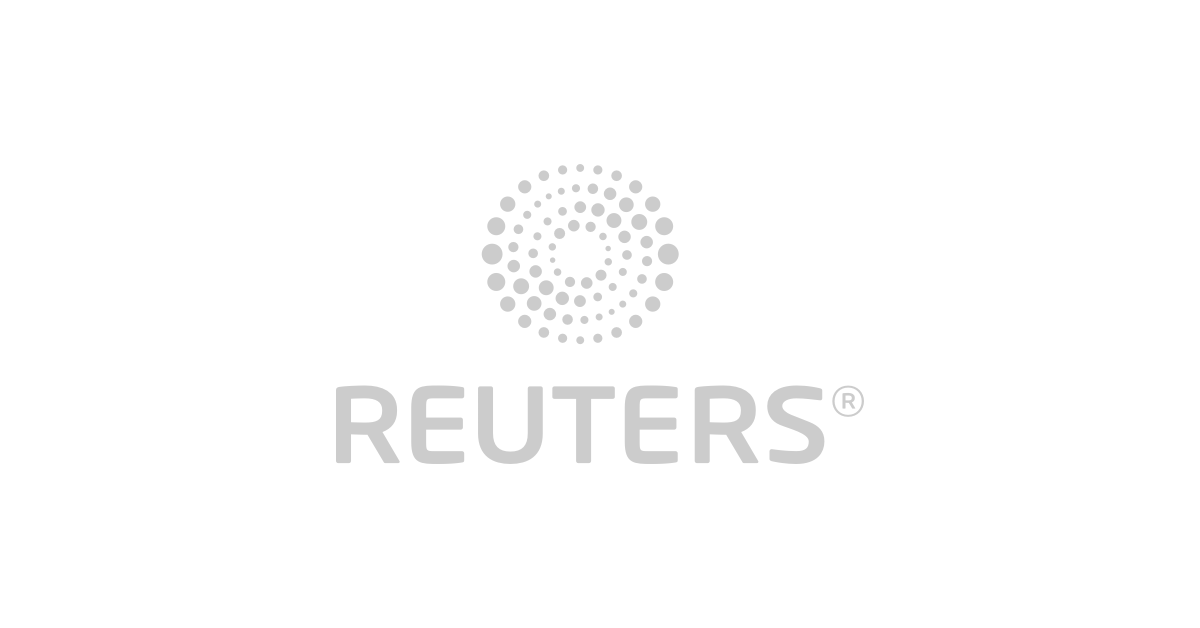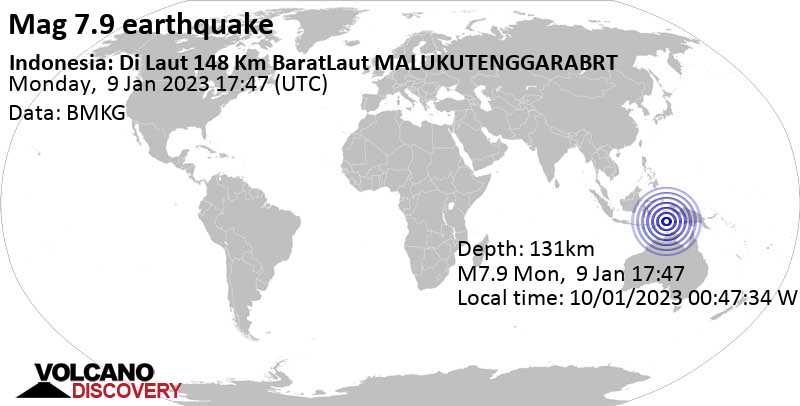Haya M Almalag,1,* Maha F Saja,2,* Hanan H Abouzaid,1 Lobna Aljuffali,1 Hana Alzamil,2 Latifah Almater,3 Loulwah Alothman,4 Faten Alzamel5
1Department of Clinical Pharmacy, College of Pharmacy, King Saud University, Riyadh, Saudi Arabia; 2Department of Physiology, College of Medicine, King Saud University, Riyadh, Saudi Arabia; 3Department of Medical Surgical Nursing, College of Nursing, King Saud University, Riyadh, Saudi Arabia; 4Department of Oral Medicine and Diagnostic Sciences, College of Dentistry, King Saud University, Riyadh, Saudi Arabia; 5Department of Clinical Laboratory Sciences, College of Applied Health Sciences, King Saud University, Riyadh, Saudi Arabia
*These authors contributed equally to this work
Correspondence: Haya M Almalag, Department of Clinical Pharmacy, King Saud University, College of Pharmacy, Riyadh, 11149, Saudi Arabia, Tel +966118057859, Fax +966114677480, Email [email protected]
View the original paper by Dr Almalag and colleagues
This is in response to the Letter to the Editor
Dear editor
We would like to thank Idrus et al for their interest in our paper, “evaluation of a multidisciplinary extracurricular event using Kolb’s theory as a framework: a qualitative study”, and for sharing their valuable views on it. The aim of our study was to assess the effect of a multidisciplinary extracurricular event on the acquisition of core interprofessional competencies by undergraduate students from different healthcare colleges participating in a public awareness event. The Interprofessional Education Collaborative (IPEC) identified four main competencies for interprofessional collaborative practice, namely, values/ethics for interprofessional practice, roles and responsibilities, interprofessional communication, and teams and teamwork.1 In addition to communication, our study aimed at addressing the impact of student participation in a multidisciplinary public awareness event on the attainment of the other core competencies as well. Students’ description during focus group discussions highlighted how their participation in the event helped them appreciate the importance of communication whether between professionals themselves or professionals and patients. In addition, it delineated differences in roles and responsibilities between different specialities and professions and emphasized the importance of teamwork. The importance of our study lies in that the realization of these competencies by students came through practice and self-experience as they worked together toward a common goal, that is, delivery of a public awareness campaign. We used a setting similar to what students will face in the future when they work within multidisciplinary teams in healthcare workplaces with the shared goal of providing the best care to their patients. We do agree that it takes a lot of exposure and experience for students to enable them to apply these interpersonal skills into practice, however, learning within health science curricula is usually spiral.2,3 The combination of this extra-curricular event with other curricular and co-curricular activities during their undergraduate years will strengthen and expand their knowledge and skills in the area. It can also help bridge the gap between undergraduate education and training and actual practice.4,5 Assessing work experience and its impact on decision-making and reaction to cases was out of scope given that the majority of students that participated in the study were in their early pre-clinical years with no work experience. However, it would be an interesting aim to explore in the future work.
We would also like to thank the author for sharing the study by Reinders et al which we have read with interest. Reinders et al aimed at assessing the occurrence of interprofessional treatment among practicing professionals in dealing with a shared problem and exploring the attitudes, facilitators and barriers associated with it.6 The demographics of their study population is different from those included in our study. Our population consisted of undergraduate students that have not yet joined the workforce and as such assessing similar outcomes would be inapplicable. Moreover, as mentioned in the introduction of Almalag et al paper, the acquisition of IP competencies during the multidisciplinary event in the study was a parallel observation noted by the authors during the event.7 It was thought that the best way of exploring these observations would be through focus group discussions which allow participants to express their perceptions, feelings, and views freely in response to general questions that contain no reference to IPEC competencies which avoids guiding students’ answers or introducing bias, Almalag et al supplementary table.7 As such, any themes that emerge during these discussions are representative of the students’ experience during the event. We thus elected to use the focus group approach. However, a survey-based cross-sectional design may be incorporated in future research projects.
Disclosure
Haya M Almalag and Maha F Saja are co-first authors of this communication. The authors report no conflict of interest in this communication.
References
1. Interprofessional Education Collaborative. Core Competencies for Interprofessional Collaborative Practice: 2016 Update. Washington, DC: Interprofessional Education Collaborative; 2016.
2. Harden RM. What is a spiral curriculum? Med Teach. 1999;21(141–143):141–143. doi:10.1080/01421599979752
3. Bruner J. The Process of Education. Cambridge, MA: The President and Fellows of Harvard College; 1960.
4. Interprofessional Education Collaborative Expert Panel. Core Competencies for Interprofessional Collaborative Practice: Report of an Expert Panel. Washington, D.C: Interprofessional Education Collaborative; 2011.
5. Busenhart CA. University of Kansas; 2014.
6. Reinders JJ, Hobbelen JSM, Tieland M, Weijs PJM, Jager-Wittenaar H. Interprofessional treatment of malnutrition and sarcopenia by dietitians and physiotherapists: exploring attitudes, interprofessional identity, facilitators, barriers, and occurrence. J Multidiscip Healthc. 2022;15:1247–1260. doi:10.2147/JMDH.S358237
7. Almalag HM, Saja M, Abouzaid HH, et al. Evaluation of a multidisciplinary extracurricular event using Kolb’s experiential learning theory: a qualitative study. J Multidiscip Healthc. 2022;15(2957–2967):2957–2967. doi:10.2147/JMDH.S389932
© 2023 The Author(s). This work is published and licensed by Dove Medical Press Limited. The full terms of this license are available at https://www.dovepress.com/terms.php and incorporate the Creative Commons Attribution – Non Commercial (unported, v3.0) License.
By accessing the work you hereby accept the Terms. Non-commercial uses of the work are permitted without any further permission from Dove Medical Press Limited, provided the work is properly attributed. For permission for commercial use of this work, please see paragraphs 4.2 and 5 of our Terms.





















